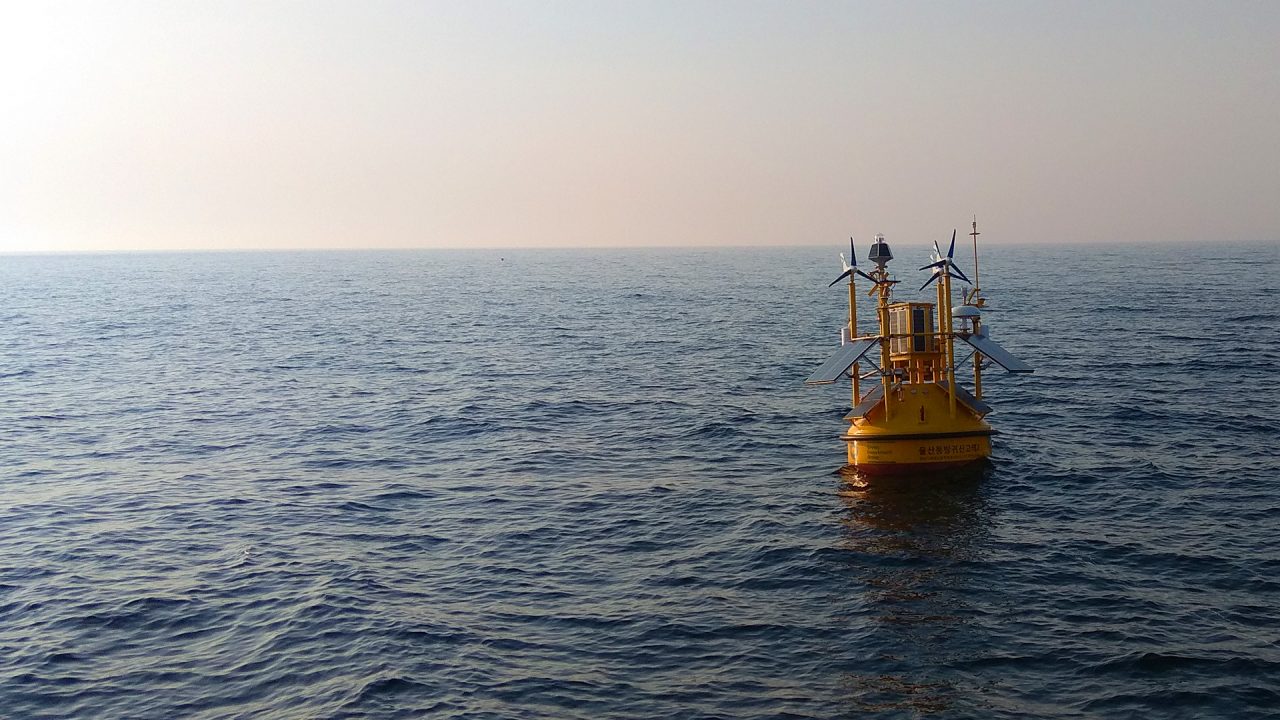

Corporate
October 3, 2019
Despite these achievements, investment levels are still falling far short of what is required to deliver the transition to a low-carbon economy – why? One challenge is that there are simply not enough projects of scale, in which this capital can be invested. GIG is responding to this challenge by dedicating a growing proportion of its resources to early-stage project development, creating a pipeline of investment opportunities to help bridge this gap and accelerate the global energy transition.
GIG’s global development pipeline now sits at over 20 GW. That pipeline is made up of projects developed ‘inhouse’ by GIG and through a growing number of development platforms.
Covanta waste-to-energy plant, Dublin, Ireland
Institutional investors face a fragmented landscape of smaller developers who lack the capital to create a sufficient volume of assets to meet the demands of large institutions. GIG is therefore partnering with local developers to create development platforms, combining complementary skill sets to deliver successful, scalable, development outcomes.
These platforms offer a means of accessing local knowledge and de-risking the development process without the need for considerable investment in human resources. Local development partners focus on finding and acquiring the rights to sites, ensuring grid connections and securing the required permits – areas where few economies of scale exist – while GIG adds value in procurement, financing, the negotiation of PPAs, and in centralising oversight of construction and operation.
As of mid-2019, GIG had created 12 such platforms globally. In mainland Europe, GIG has created seven solar energy development platforms to date, working with developers in countries including Italy, Spain and the Netherlands. These platforms collectively boast a development pipeline of over 4 GW of solar capacity. The first projects from these platforms are expected to come into operation during 2020.
In the US, GIG acquired the solar development and energy storage unit of Tradewind Energy, Savion2. Alongside its investments in Alira and Candela Renewables, this transaction further advances GIG’s vision to create a leading solar and energy storage development platform in the US. Through these companies, GIG is currently developing over 100 solar projects across 26 different states with a total capacity of over 12 GW.
But it’s not just smaller developers that GIG partners with. One of GIG’s first strategic partnerships was with Covanta, a New Jersey-based waste to-energy developer. Forged in late 2017, that partnership closed two projects in the UK throughout 2018- 19. In December 2018, GIG financed a 25 per cent stake in Earls Gate Energy Centre, a 21.5 MWe wasteto-energy project in Grangemouth, Scotland. The project will divert over 200,000 tonnes of household and commercial waste from landfill, instead using it to generate 79 GWh of green electricity and 81 GWh of heat. Earls Gate – which is believed to be the first waste-to-energy project in Scotland to supply industrial heat – will create 500 jobs in construction and 30 long-term posts.
GIG originally identified Earls Gate as a promising project in 2016, entering into a development agreement with developer Brockwell Energy in June the following year. GIG brought its own technical and commercial capability to the project team, structuring the project to increase its attractiveness to investors through appropriate risk allocation and robust contractual and commercial protection. A particular focus for the team has been the establishment of engineering, procurement and construction contracts with reliable and proven contractors, and the signing of an innovative Energy Supply Agreement.
Steve Jones
President and CEO, Covanta
In addition to these strategic partnerships, GIG is undertaking an increasing amount of in-house development work, particularly in Asia, where the group has the largest offshore wind team in the region. The predominantly local teams have extensive knowledge of domestic development processes. GIG’s team in Taiwan – numbering more than 50 – has been a leading participant in Taiwan’s offshore wind roll-out, delivering the country’s first offshore wind farm, the 128 MW Formosa 1 project, with domestic developer Swancor as well as Orsted and JERA, and is also developing the 376 MW Formosa 2 project alongside Swancor.
In Korea, GIG is active at the very inception of the country’s offshore wind sector, deploying the country’s first floating LiDAR system in June 2019. It will collect data to enable what is set to be one of Korea’s first floating offshore wind installations, the 1.4 GW Ulsan project, the first phase of which is targeted for completion in 2022.
European onshore wind has also been a focus of GIG’s development activity. Building on its success in Sweden with the Markbygden and Överturingen wind farms, GIG continued its Nordic onshore wind expansion throughout 2018-19 with the acquisition of its first project in Norway – Tysvær Wind Farm. The 47 MW project is being developed directly by GIG and is expected to start construction in early 2020.
For GIG, the next few years will involve the further evolution of its development platform strategy, alongside a deepening of its inhouse expertise. In Europe, further development platforms are expected to be established to broaden GIG’s geographic coverage, and to expand its activities into early-stage onshore wind. In Asia, a combination of growing demand for green energy, and GIG’s development focus, suggests significant expansion in GIG’s activity across the region. And in North America, strong solar resource coupled with an abundance of land and competitive costs, set a strong backdrop for the continued growth of GIG’s solar activity. Through this development activity, GIG’s goal is to increase the volume and scale of green energy transactions, creating a pipeline of opportunity which will unlock the investment needed to accelerate the global energy transition.
1. Source: Octopus Group, The green investor: why institutional investing holds the key to a renewable energy future. February 2019
2. On 17 December 2021, the Savion business was sold to Shell New Energies US LLC. You can read more about that on the Savion website. GIG continues to invest in accelerating the transition through other projects and platforms in the US.